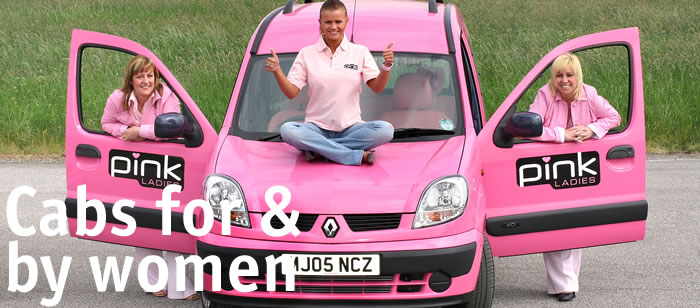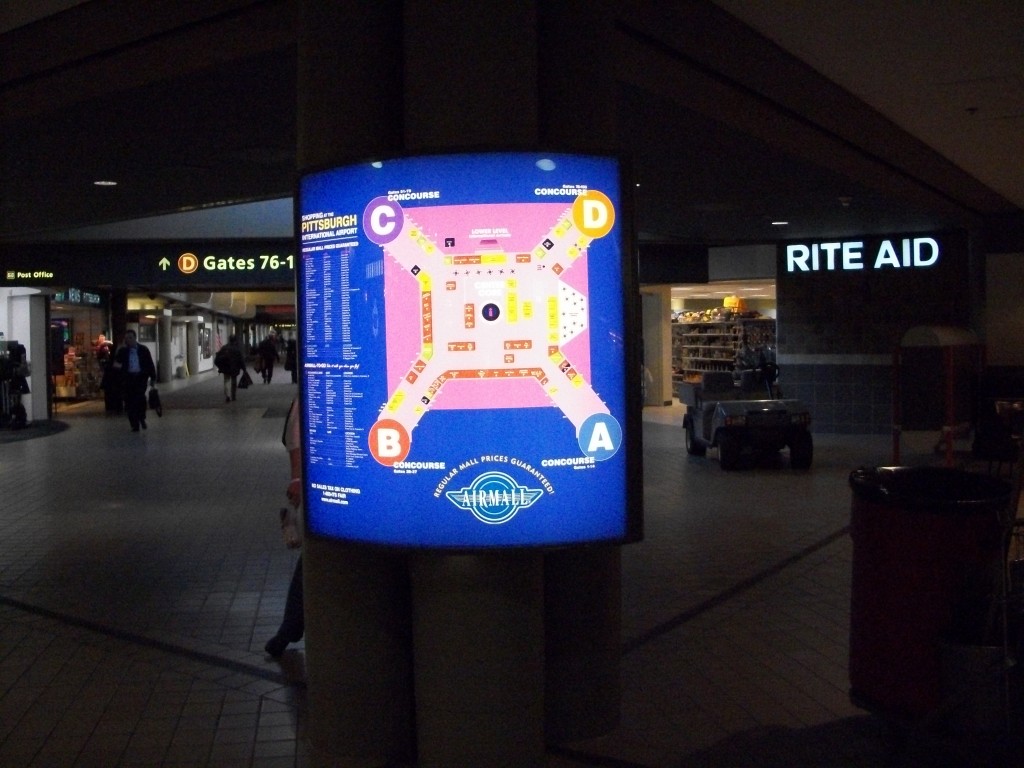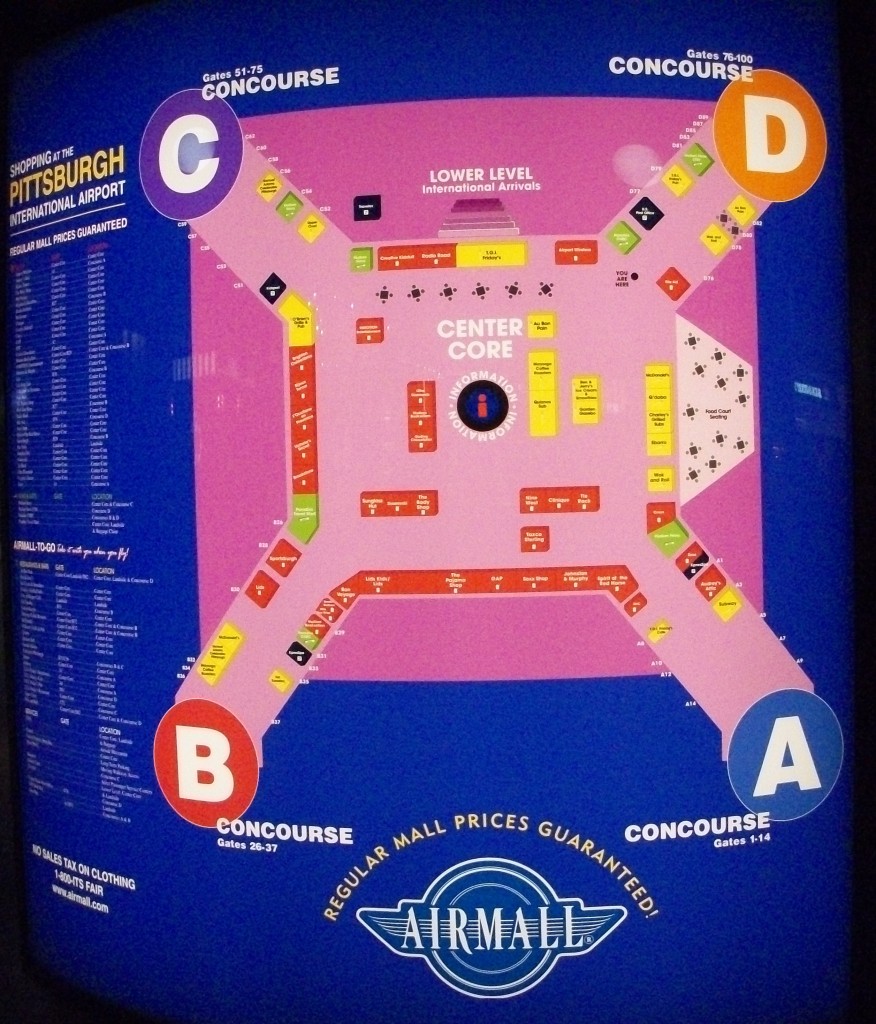Leigh snapped this picture of a Toys ‘R Us catalog. He noticed that, for both microscopes and telescopes, the version coded “girl” (i.e., the pink one) is the least powerful one (600x magnification vs. 900 or 1200x and 90x vs. 250 or 525x). Coincidence?

Lisa Wade, PhD is an Associate Professor at Tulane University. She is the author of American Hookup, a book about college sexual culture; a textbook about gender; and a forthcoming introductory text: Terrible Magnificent Sociology. You can follow her on Twitter and Instagram.













